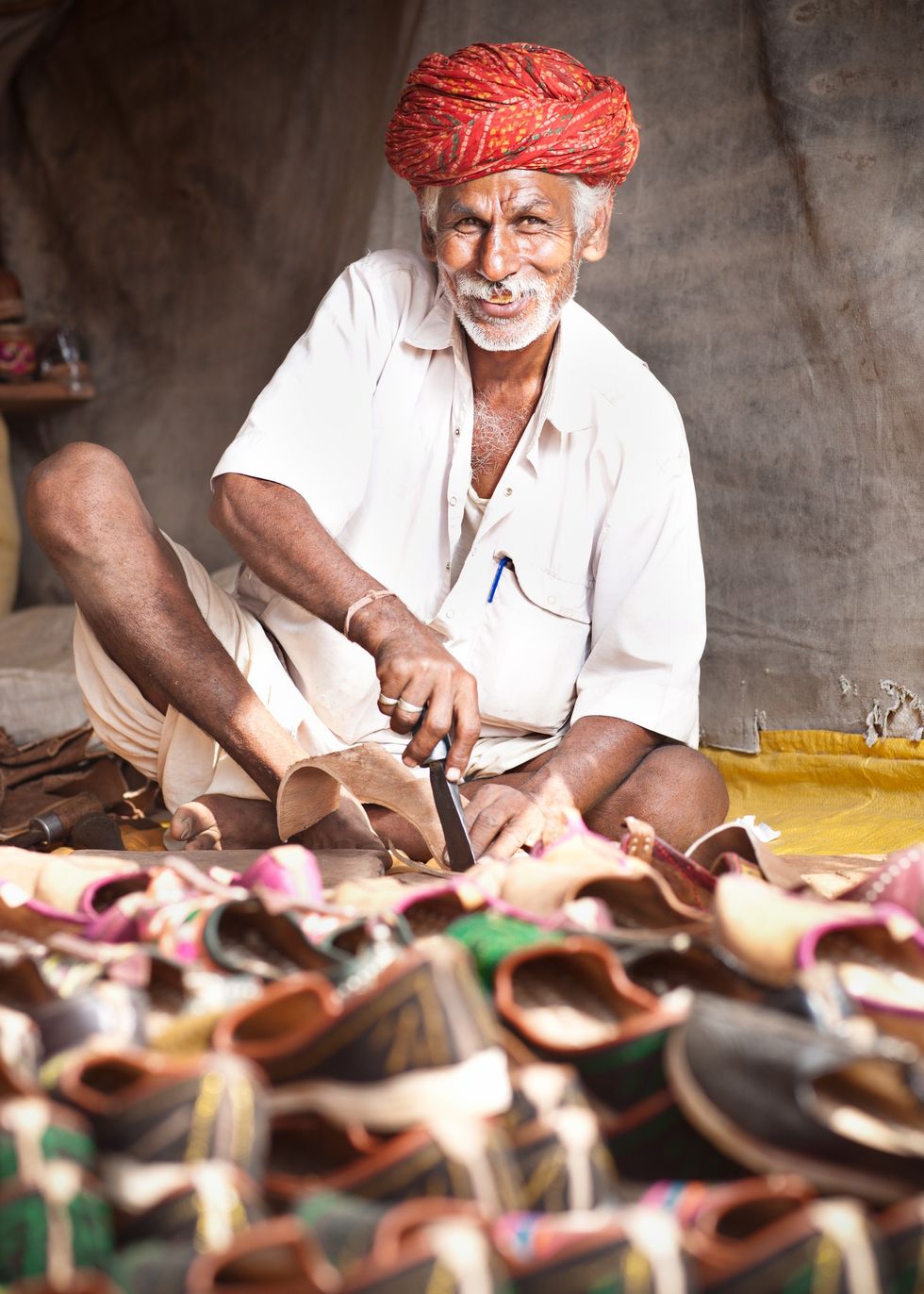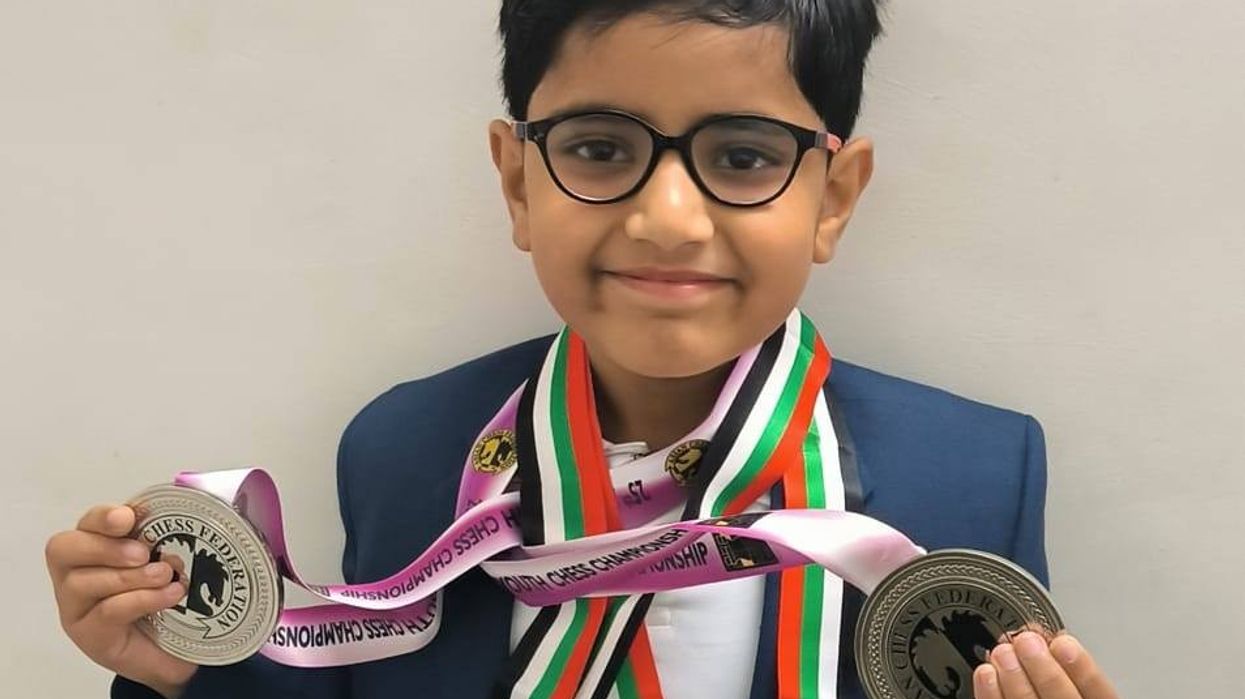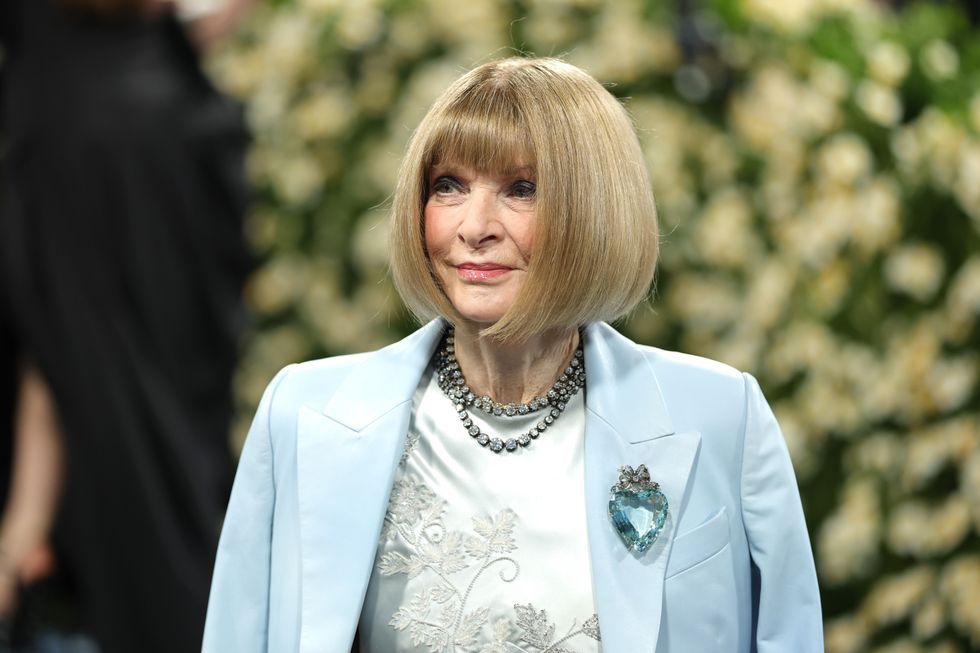SADHGURU ON HOW TO BENEFIT FROM THE SPIRITUAL PATH
THE moment man became religious, it should have been the end of all conflict. Unfortunately, religion has become the main source of conflict everywhere in the world. It has taken the maximum number of lives and caused the maximum amount of pain on the planet for thousands of years.
This is because a religion is essentially coming from a set of belief systems. Where does belief come from? Belief means you do not know. If you know something, you don’t have to believe it, you simply know it. For example, do you believe that you have two hands or do you know that you have two hands?
Even if you have no eyes to see these hands, you still know you have hands. So with hands you know, with God you believe – why? Belief arises because you are not sincere enough to admit that you do not know. You believe something which is culturally or generally convenient for you. Whether you believe there is God or believe there is no God, there is no difference; you are in the same boat. You are believing something you do not know.
The moment you believe something, you can go about with a certain level of confidence. Confidence without clarity is a disaster. This is exactly what you see in the world today. Belief systems fire people up with a great sense of confidence and this confidence without the necessary clarity is a huge disaster on this planet. The conflict in the world has always been between one man’s belief versus another man’s belief. The moment you believe that your way is right, and somebody else believes his way is right, you are bound to fight.
Belief systems arise because there is a certain convenience to them. It’s a solace. Only those who are lost and disturbed need a solace. Unfortunately a large part of humanity has been kept in this state for a long time, and now it has become necessary to peddle solace. All you need to tell them is, “Don’t worry, God is with you.” That’s all they need.
Whether He is with you or not with you is not the issue; you feel somebody is with you. This is keeping a lot of people sane; otherwise they would break up. Religion has filled the gap between that absolutely blissful state that one can achieve in his own nature, and one’s present level of instability. If you are looking for solace, it is definitely needed.
Most people are looking for solace, not liberation. Solace is like a tranquilizer; it puts you to sleep. We have to choose whether we want to go to sleep or come alive with a new possibility in our lives.
Somewhere, at some point, all religions started as a spiritual process. But in their eagerness to organise, they lost the fundamentals of it. Religion is just spirituality gone bad. Let us understand the distinction between religion and a spiritual process. The moment you say you belong to a religion, you call yourself a believer.
The moment you say: “I am on a spiritual path,” you call yourself a seeker. What is the difference between believing and seeking? You can seek only that which you do not know. Or in other words, the fundamentals of seeking are that you have realised that you do not know the essential nature of your own life. You do not know the source of this creation. You do not know who you are, what you are, where you came from and where you will go. You are seeking to know. When you are in a state of “I do not know,” you can’t fight anyone.
The first and foremost thing in the spiritual process is to be absolutely sincere with yourself and be willing to see, “what I know, I know; what I do not know, I do not know.” It does not matter who said what – whether Krishna, Jesus, Buddha or anyone else said it – maybe they are telling the truth, but with all due respect to them, you don’t know – you have not experienced or seen it.
Why not be sincere that you really don’t know? “I do not know” is a tremendous possibility. It is the basis of knowing. Only when you see that you do not know, the possibility of knowing opens up. The moment you kill it with some kind of belief that is convenient for you, you destroy all possibilities of knowing.
The spiritual process does not happen to you because you look up, down or around, it happens because you look inward. Inward is neither north, south, east or west. What is inward is dimensionless. That which is dimensionless can be approached only by someone who is straight within himself. I am not asking you to be straight with others – there may be many problems. I am talking about you being straight with yourself. Don’t you deserve this one thing?
- Ranked amongst the fifty most influential people in India, Sadhguru is a yogi, mystic, visionary and bestselling author. Sadhguru has been conferred the Padma Vibhushan by the government of India in 2017, one of the highest annual civilian awards, accorded for exceptional and distinguished service




 Prada confirms Kolhapuri chappals inspired its 2026 Milan collectionInstagram/
Prada confirms Kolhapuri chappals inspired its 2026 Milan collectionInstagram/ Kolhapuri chappals have been crafted for centuries and received GI tag in 2019 iStock
Kolhapuri chappals have been crafted for centuries and received GI tag in 2019 iStock 








 Wintour also became synonymous with the Met GalaGetty Images
Wintour also became synonymous with the Met GalaGetty Images


Police may probe anti-Israel comments at Glastonbury